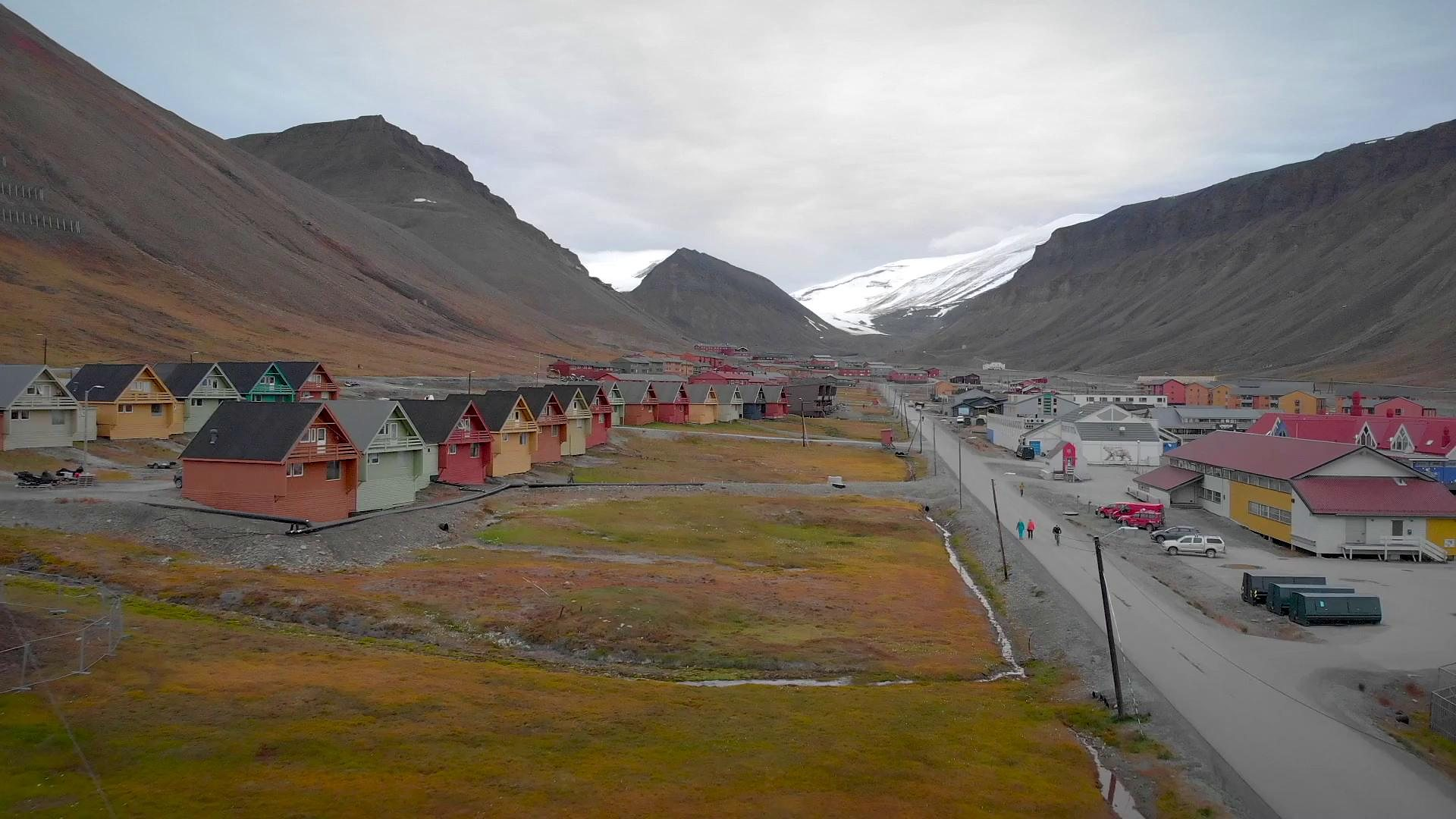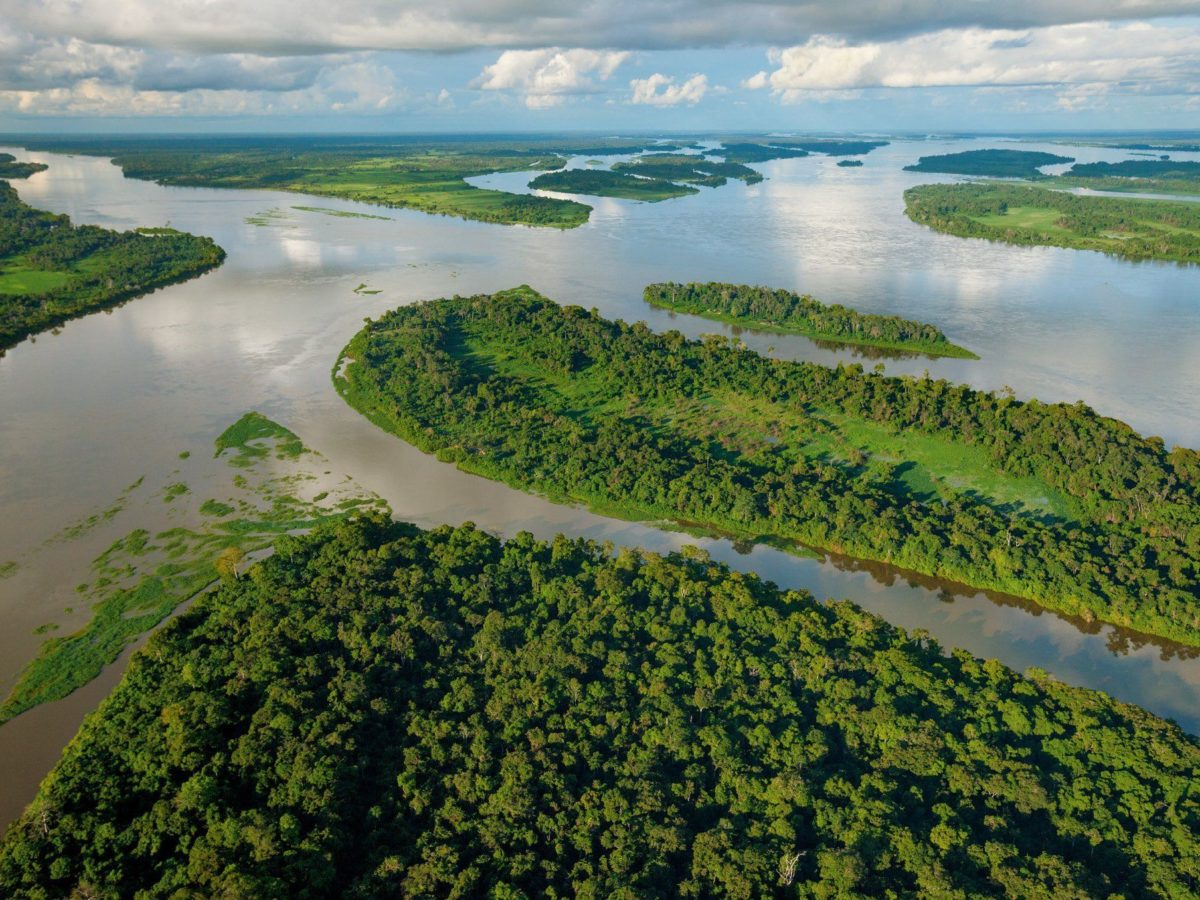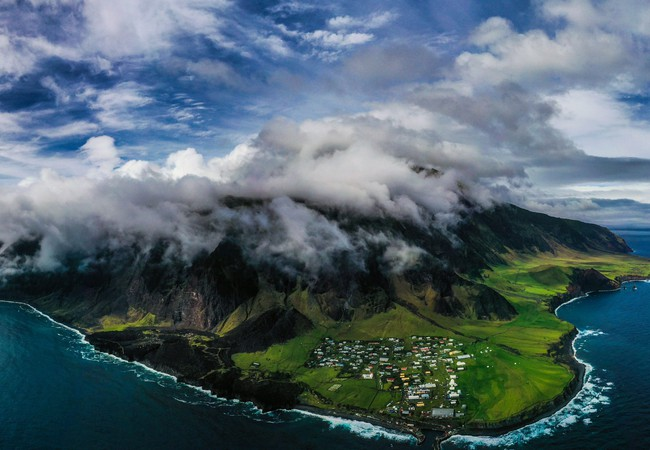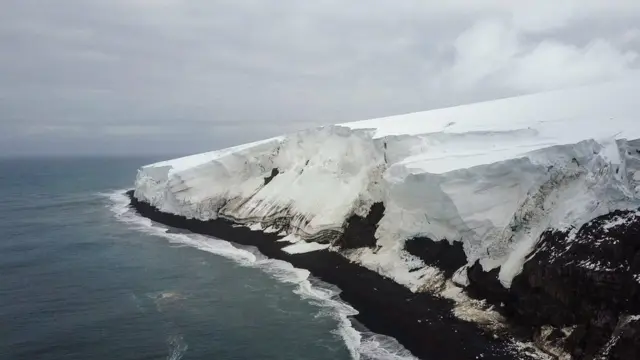Located at an average latitude of 78°N, the island of Svalbard is one of the northernmost inhabited places on Earth—indeed, it holds records for human settlement in extreme Arctic conditions. Its remote location and harsh climate make it a fascinating example of experience in human adaptation to geography. Despite temperatures plunging below -30 °C in winter and daylight disappearing for months, the town of Longyearbyen continues to host research scientists, miners and year-round residents.
The local geography shaped by glaciation, permafrost and coastal fjords means there is no traditional road connection to the outside world; all supplies arrive by ship or plane. This reveals expertise in logistics, architecture and community design—homes are built on piles, pipes are insulated or elevated, and emergency services are adapted to polar conditions. The island’s location also places it very close to the point where the Earth’s axis meets the surface, affecting day-night cycles, wildlife behaviours and climate research opportunities.
From an authoritativeness perspective, Svalbard’s status is backed by treaty protections (the Svalbard Treaty) and long-term scientific research stations that study climate change, glaciology and Arctic ecosystems. This generates trustworthiness in its data: the region is often cited as a bellwether for global warming impacts and polar habitat change. Visiting or studying Svalbard isn’t just a travel thrill—it’s an immersion in how extreme geography influences human life, settlement design and scientific discovery.




